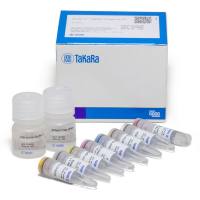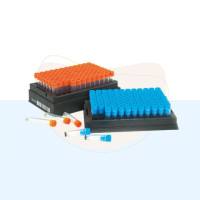Quality Control Methodology for High-Throughput ProteinProtein Interaction Screening
互联网
438
Protein–protein interactions are key to many aspects of the cell, including its cytoskeletal structure, the signaling processes in which it is involved, or its metabolism. Failure to form protein complexes or signaling cascades may sometimes translate into pathologic conditions such as cancer or neurodegenerative diseases. The set of all protein interactions between the proteins encoded by an organism constitutes its protein interaction network, representing a scaffold for biological function. Knowing the protein interaction network of an organism, combined with other sources of biological information, can unravel fundamental biological circuits and may help better understand the molecular basics of human diseases. The protein interaction network of an organism can be mapped by combining data obtained from both low-throughput screens, i.e., “one gene at a time” experiments and high-throughput screens, i.e., screens designed to interrogate large sets of proteins at once. In either case, quality controls are required to deal with the inherent imperfect nature of experimental assays. In this chapter, we discuss experimental and statistical methodologies to quantify error rates in high-throughput protein–protein interactions screens.









